Polyculture Profiles - A Productive Perennial Polyculture for Small Spaces- Hestia
Welcome to another post from our Polyculture Profile Series. For this post we’re going to look at a compact Polyculture for small spaces that can provide fruits, enhance biodiversity, and is relatively easy to take care of.
You may wish to look over the Polyculture Profile Layout post before or after reading the profile, where we provide a description of the profile layout and some general notes to consider, should you wish to try to grow the polyculture yourself.
Polyculture Name - Hestia - Perennial - Productive/Support
Compatible Climate(KCC) - C - D (B with irrigation)
USDA Hardiness - 5 - 9
Water Needs - Drought Tolerant - Irrigation required for optimal production
Light Preferences - Full Sun/Dappled Shade
Soil Preferences - Will grow best in fertile soil with access to water during dry periods
Suitable pH: acid, neutral and alkaline
Layout - Island
Introduction
Hestia is a compact fruit tree polyculture suitable for placement within a lawn of a small garden. The polyculture includes a fruit tree (preferably on dwarf rootstock) with an edible understory of shrubs and herbs, fertility-providing plants, and a range of support to bees and other nectar/pollen-feeding species.
In the photo below you can see the polyculture growing on the lawn of our home garden, with a 6-year-old Peach. The shrub on the left of the tree Colutea arborescens grew very well in the polyculture for 3 years and then died one year (not sure why) so I have left that out of the species list and replaced it with Raspberries.
Overview Image
Functional Components
Production Potential - If growing this polyculture in an area without other fruit trees it’s important to select a tree that is self-fertile. The wild peach we have used provides a reliable crop of peaches each season. The raspberries can produce fruit in June and October as long as you prune half of them to ground level in the winter and leave the other half untouched. You should get to nibble on a few strawberries but they are mainly for ground cover.
Fertility Potential - The comfrey and bulb layer provide mineral repository and biomass for mulch, The Vicia provide nitrogen support and can be cut back for mulch a few times per year.
Habitat Potential -The plants attract a range of pest predators and pollinators with the dense canopy in the understory providing ideal conditions for beetles, spiders, and soil-dwelling organisms. The rock borders can provide basking territory for reptiles and nesting sites for mantids and spiders. In the photo below you can see the Comfrey on the left in 2nd year after planting in full flower and about ready for a cut. The Onions have yet to establish here and Vicia lutea, a volunteer plant, is thriving at the base of the peach tree. You can also see Antirrhinum majus (dark green on the right), a great plant for attracting bumble bees that help pollinate the tomato plants that we have located 6 m away from this polyculture in a raised bed in an annual vegetable polyculture
Access - The access to this polyculture is around the perimeter of the bed when planted in a lawn and otherwise should be a minimum of 50 - 60 cm wide. Bare earth, grass, or other ground cover pathways are suitable.
Regenerative Landscape Design - Online Interactive Course
Want to learn how to design, build and manage regenerative landscapes? Join us on our Regenerative Landscape Design - Online Interactive Course. We look forward to providing you with the confidence, inspiration, and opportunity to design, build and manage regenerative landscapes, gardens, and farms that produce food and other resources for humans while enhancing biodiversity.
You can access the course material at anytime and join the live sessions and interactive forums that run from May - Oct every year. All members of the Bloom Room receive a 500 EUR discount. To take up this offer all you have to do is become an annual subscribers to our Substack and register here with the promo code BLOOM.
I look forward to you joining !
Species List
In small gardens, the central fruit tree should be on a dwarf rootstock and if growing this polyculture in an area without other fruit trees it’s important to select a tree that is self-fertile
You can find full plant profiles of these species in the links below and we have these plants available from our nursery, delivery to anywhere in Europe from March -April and October - December
Prunus persica - Wild Peach - Rubus idaeus cv. - Raspberry - Symphytum x uplandicum - Comfrey - Fragaria x ananassa - Strawberry - Narcissus poeticus - Poet's Narcissus - Tulipa sp. - Tulip
We also have a range of fruit and nut cultivars well suited to Regenerative landscapes, including Peaches (click the below banner to view)
Planting Layers/Distances
Here is the layout in a 0.25 x 0.25 m grid for guidance regarding planting. The Vicia cracca is indicated as green cover in this image as this species is sown into the soil when first establishing the polyculture and thinned to a few plants around the Raspberry canes.
The bulbs and Strawberry ground cover can be planted on the inside edge of the rock border approx. 0.32 m apart
Hestia - Flower/Fruit and Maintenance
The main thing to consider is that the Raspberries will spread and will need to be lifted and replanted into other areas of the garden each season to avoid crowding. The bulb layer will also need to be divided every other year and from the 2nd year onwards the comfrey can be divided (in half).
Growing Update
After a few unsuccessful attempts at growing Allium babingtonii in this polyculture, we tried Allium cepa proliferum-Tree Onion and that appears to be much more comfortable.
Support Our Project
If you appreciate the work we are doing you can show your support in several ways.
Become a member of the Bloom Room. A $70 annual subscription to our Substack provides you with access to live sessions, design tutorials, a members forum and more, see details here.
Make a purchase of plants or seeds from our Nursery or Online Store
Joining us for one of our Practical Courses or Online Courses
Comment, like, and share our content on social media.

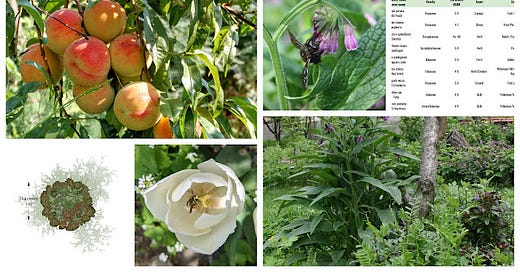



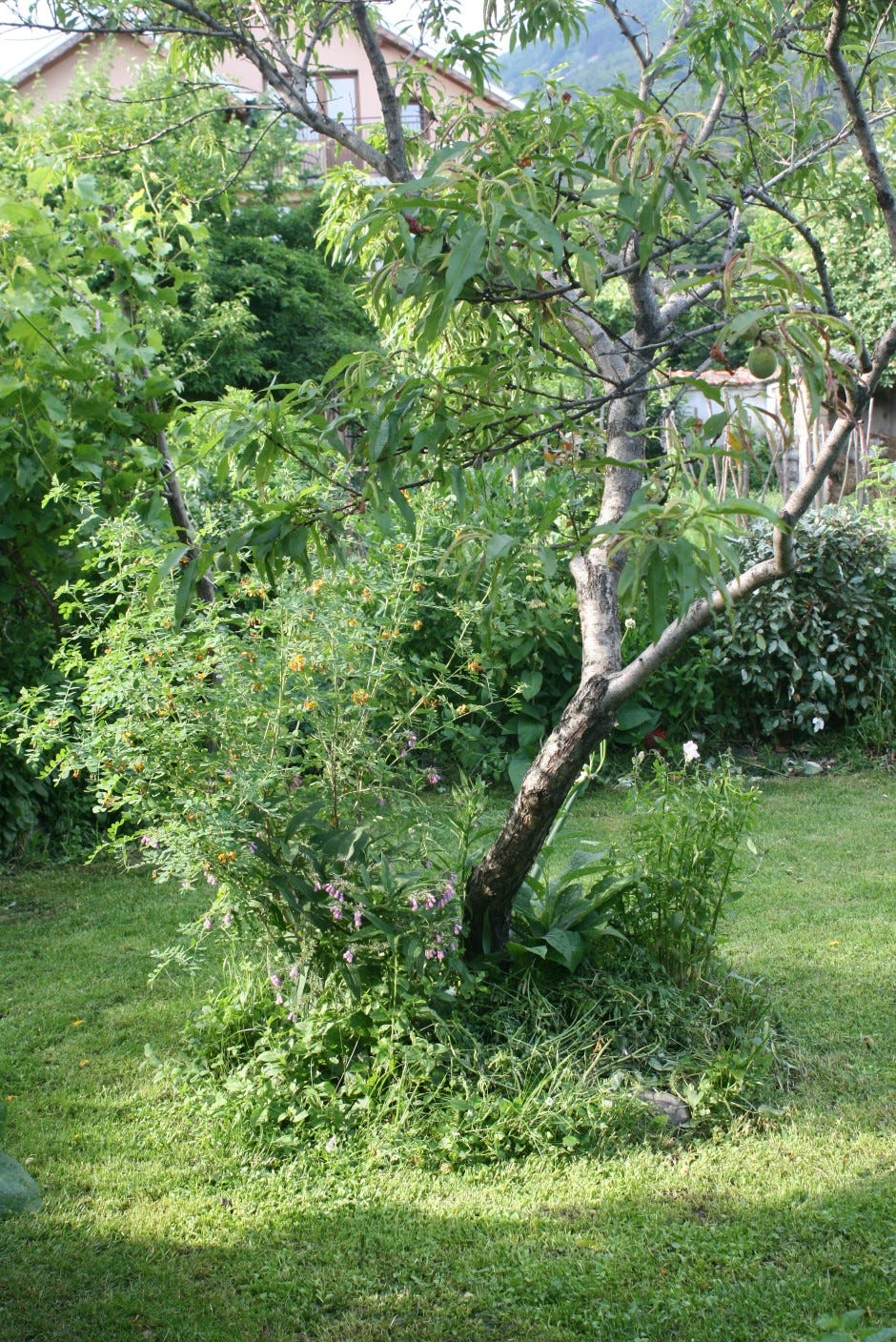
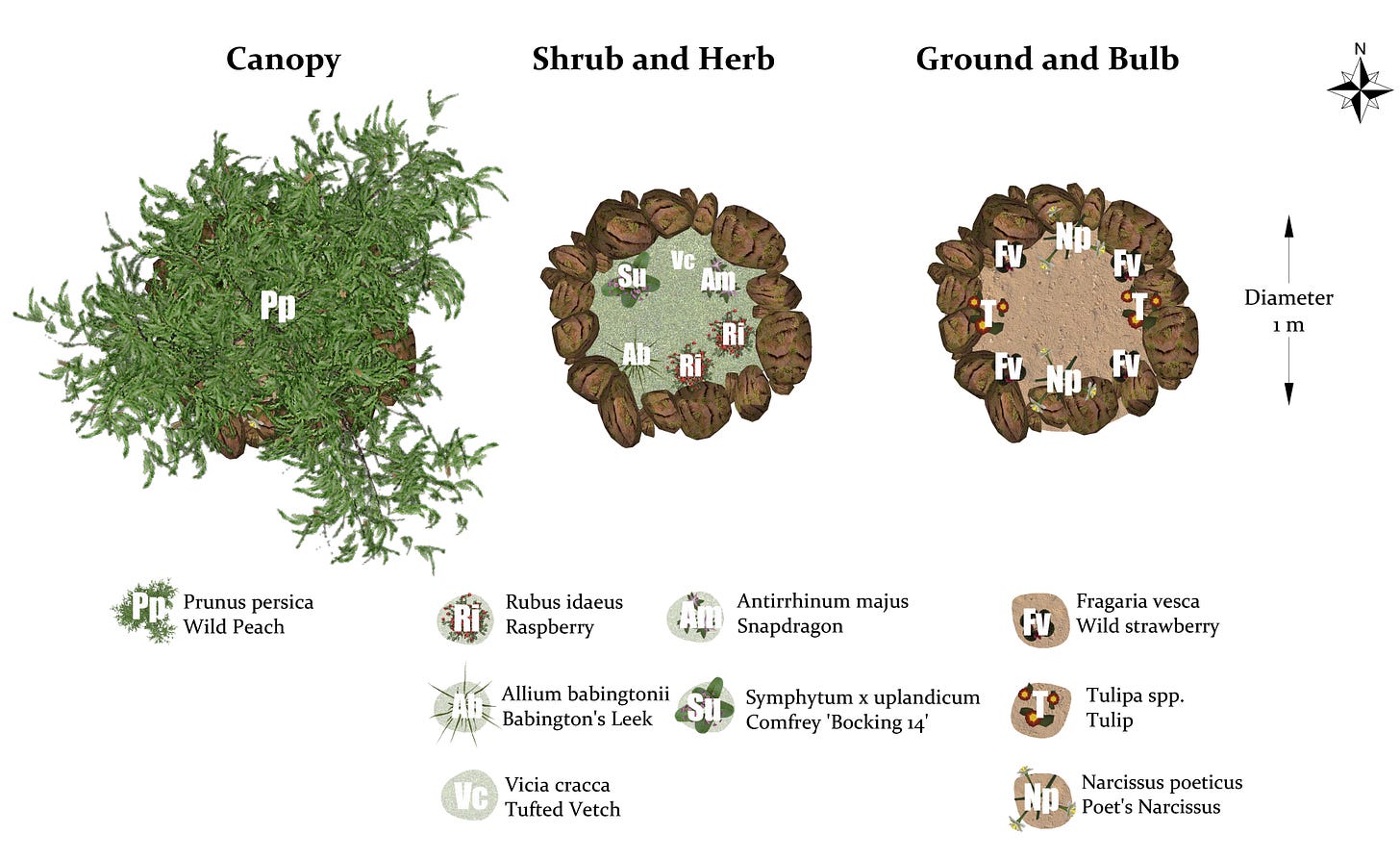
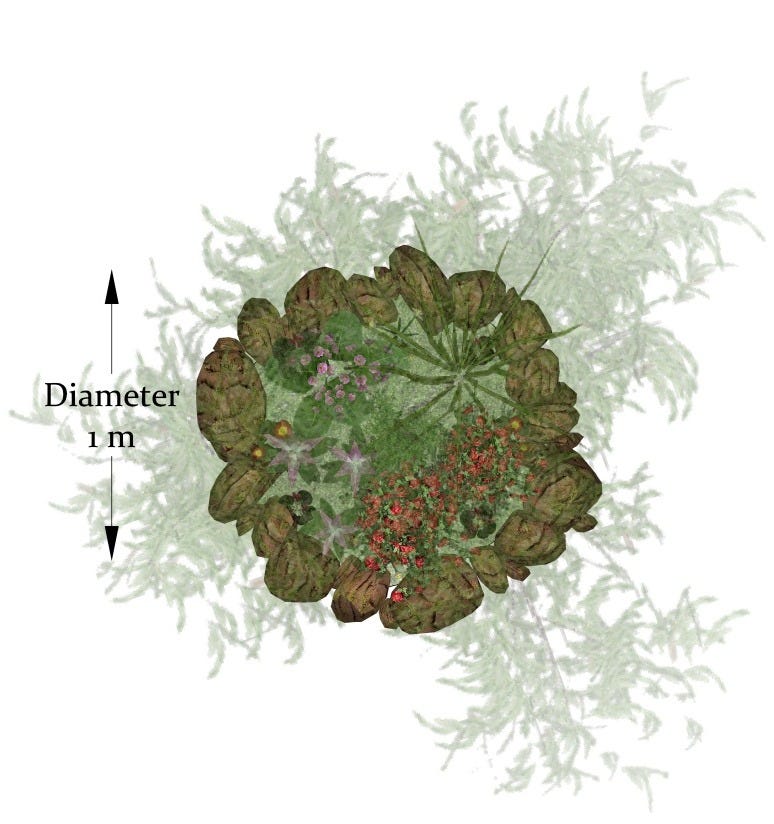
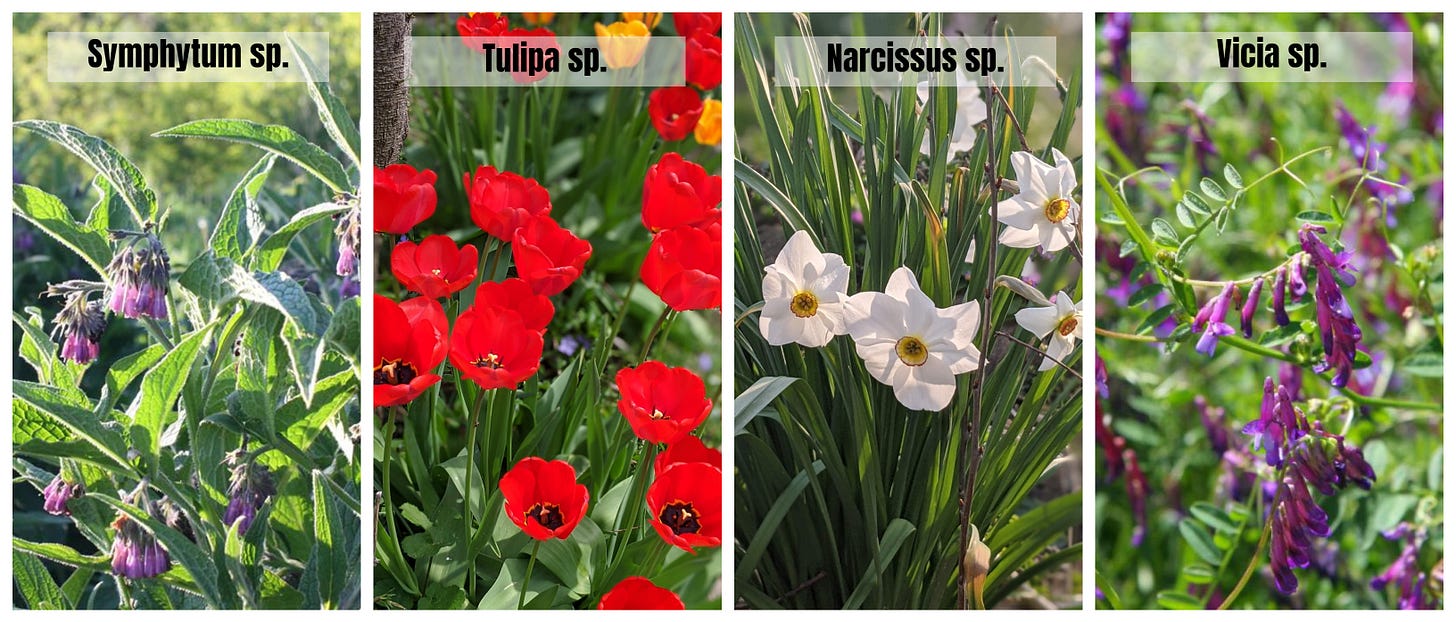
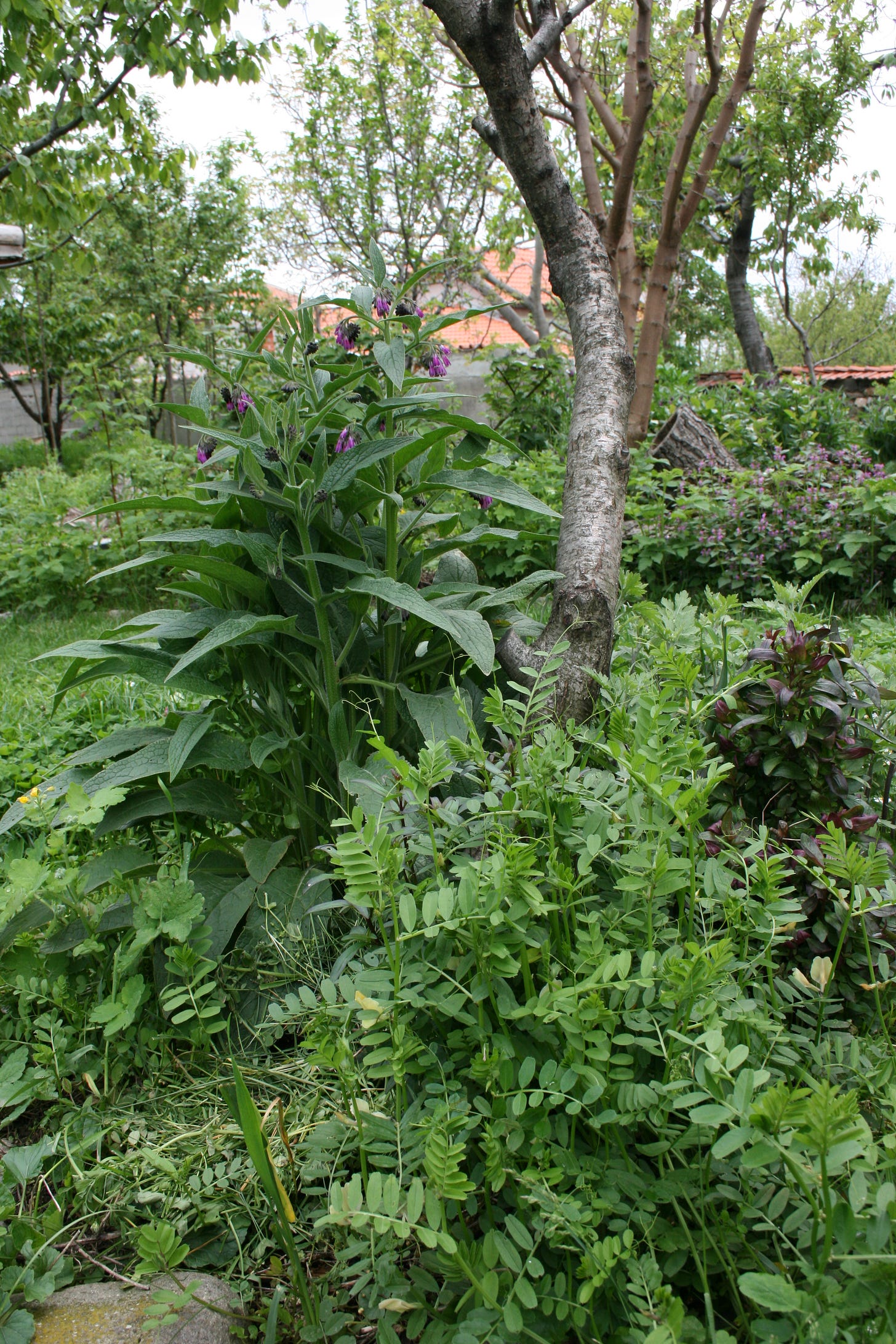
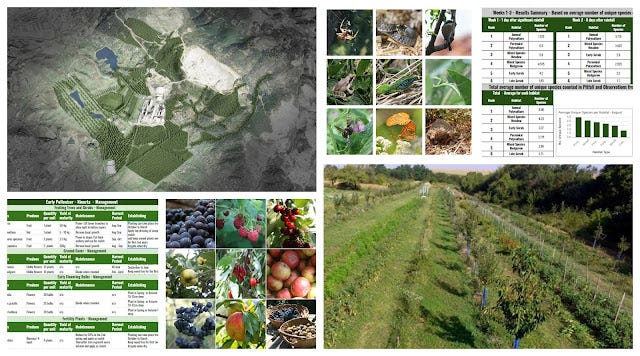
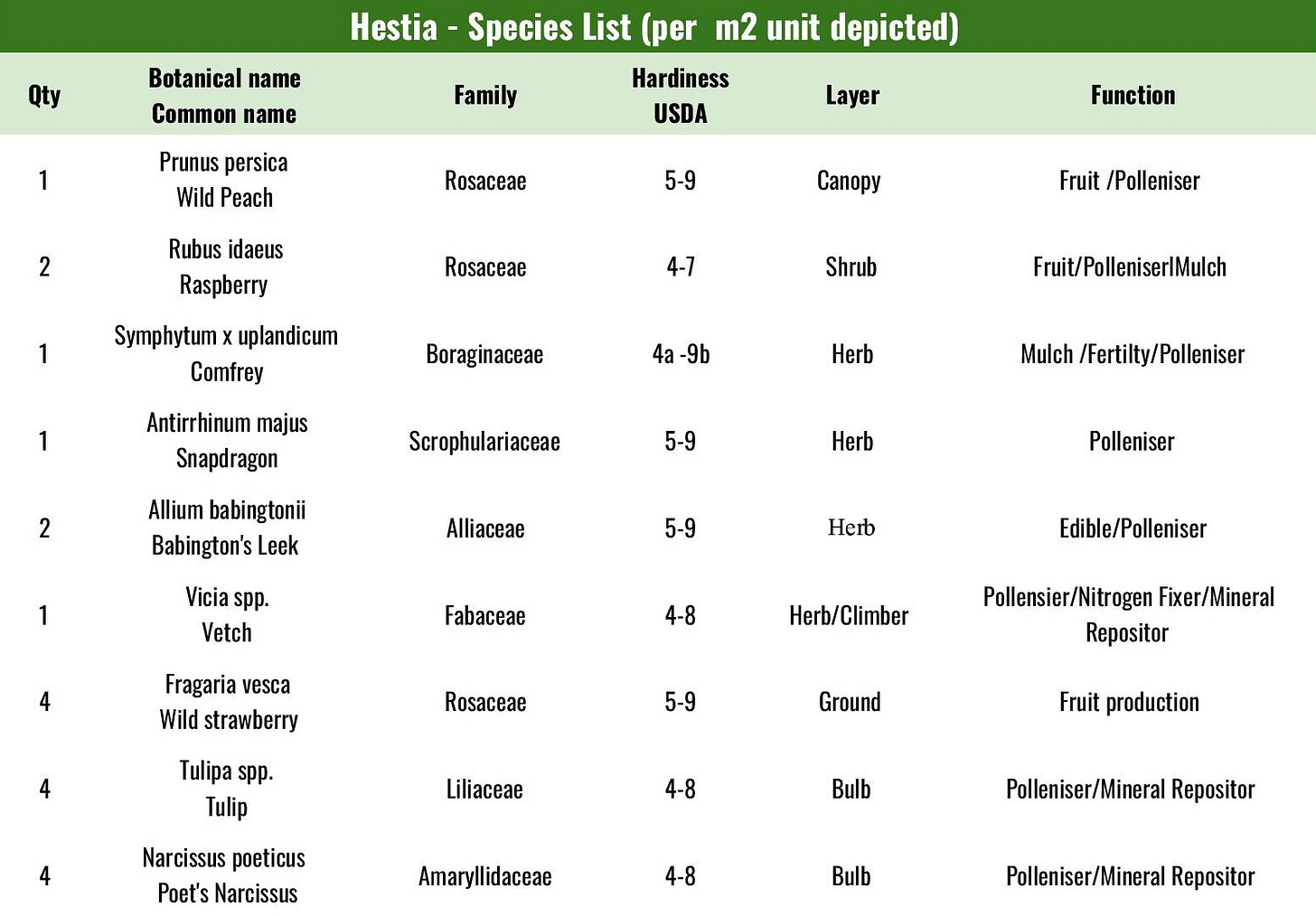

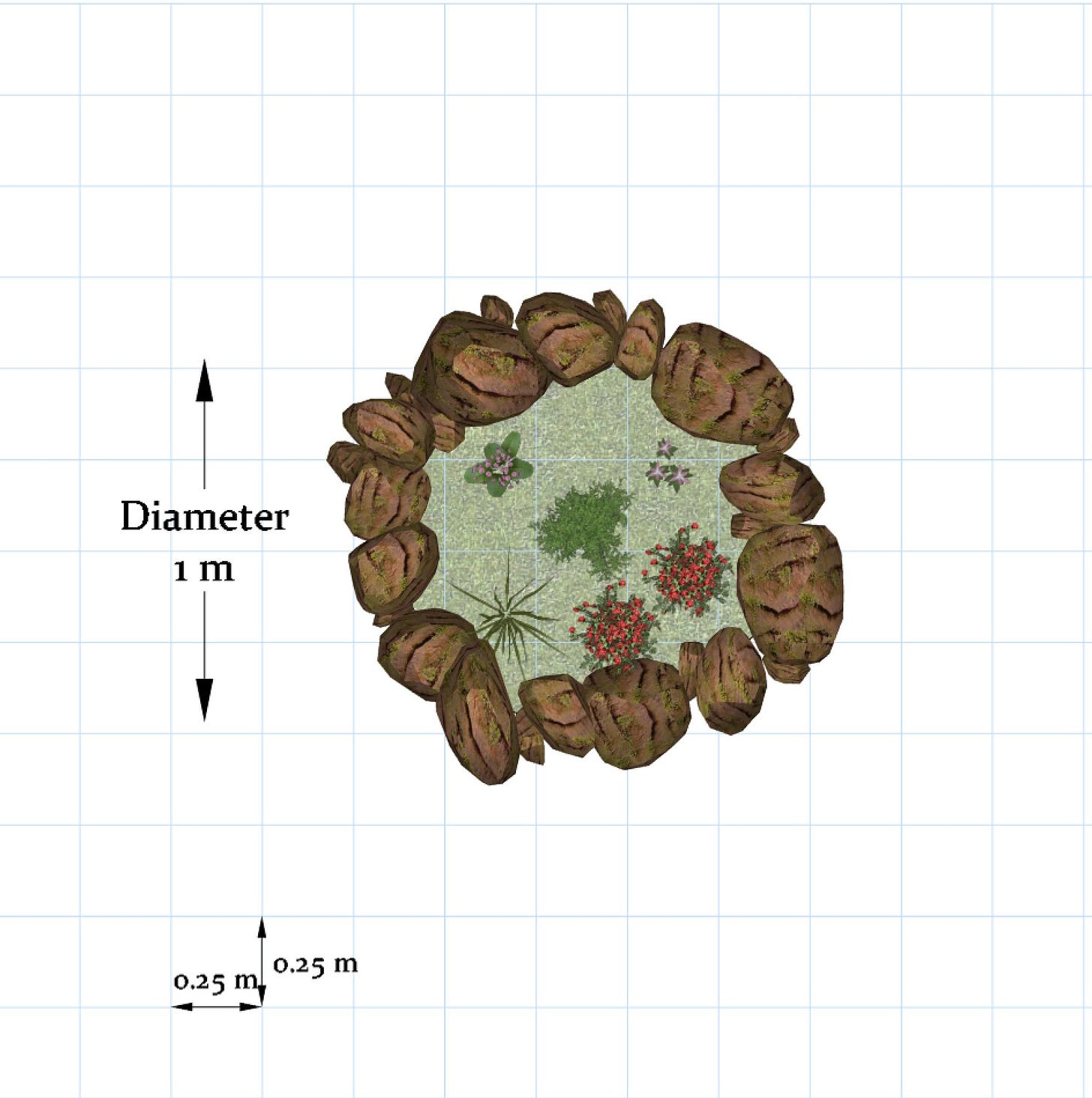
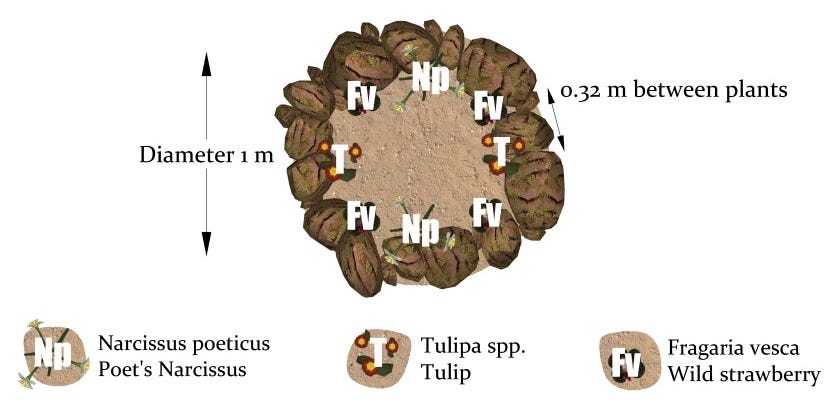
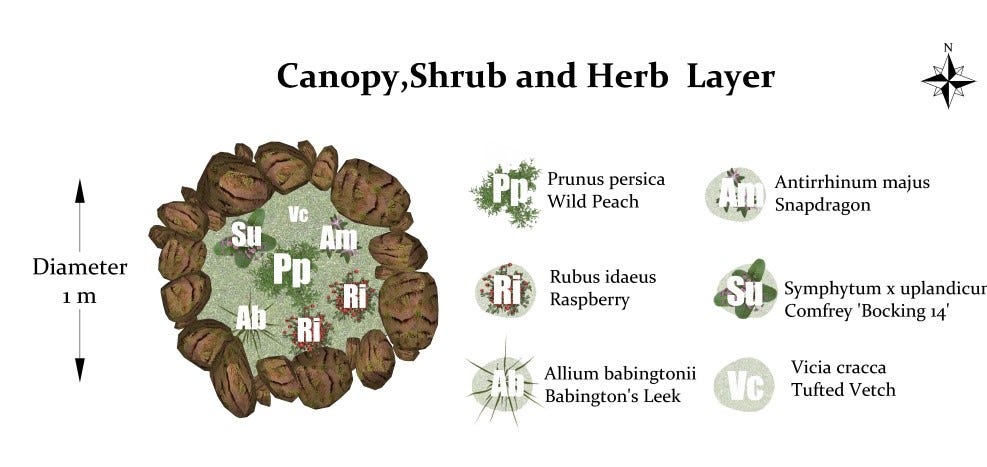
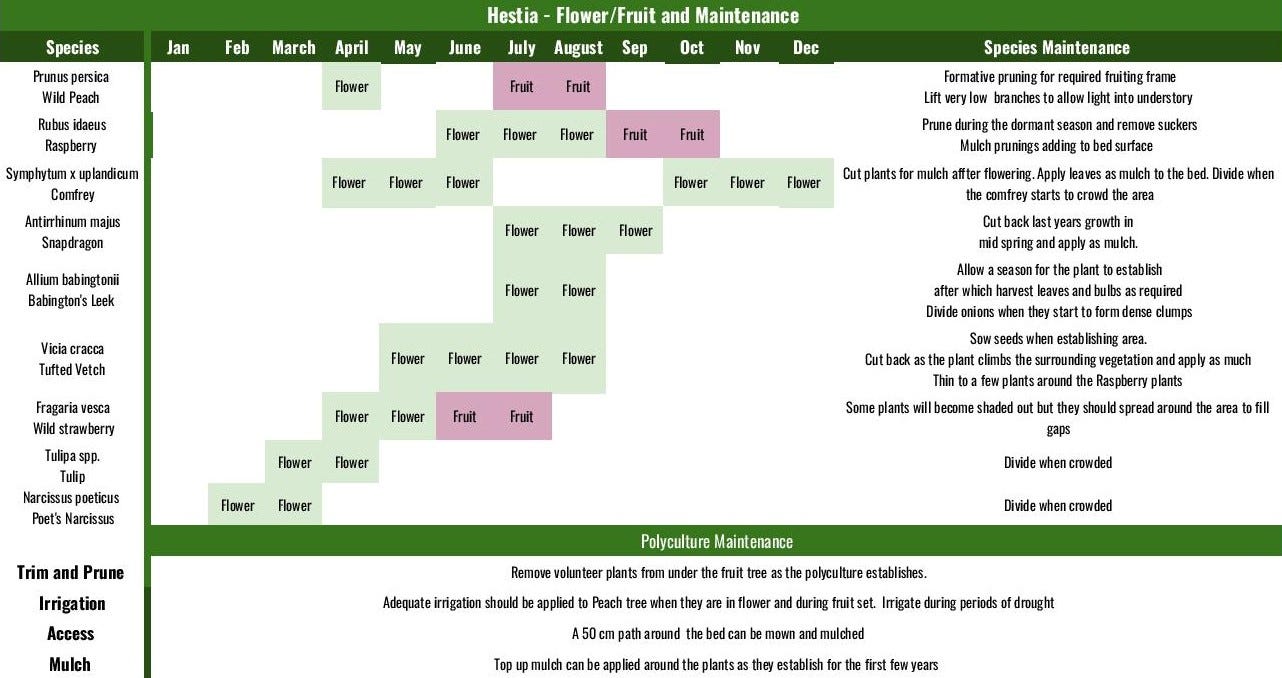

I really appreciate your illustrations and layered detail Paul. Thank you.